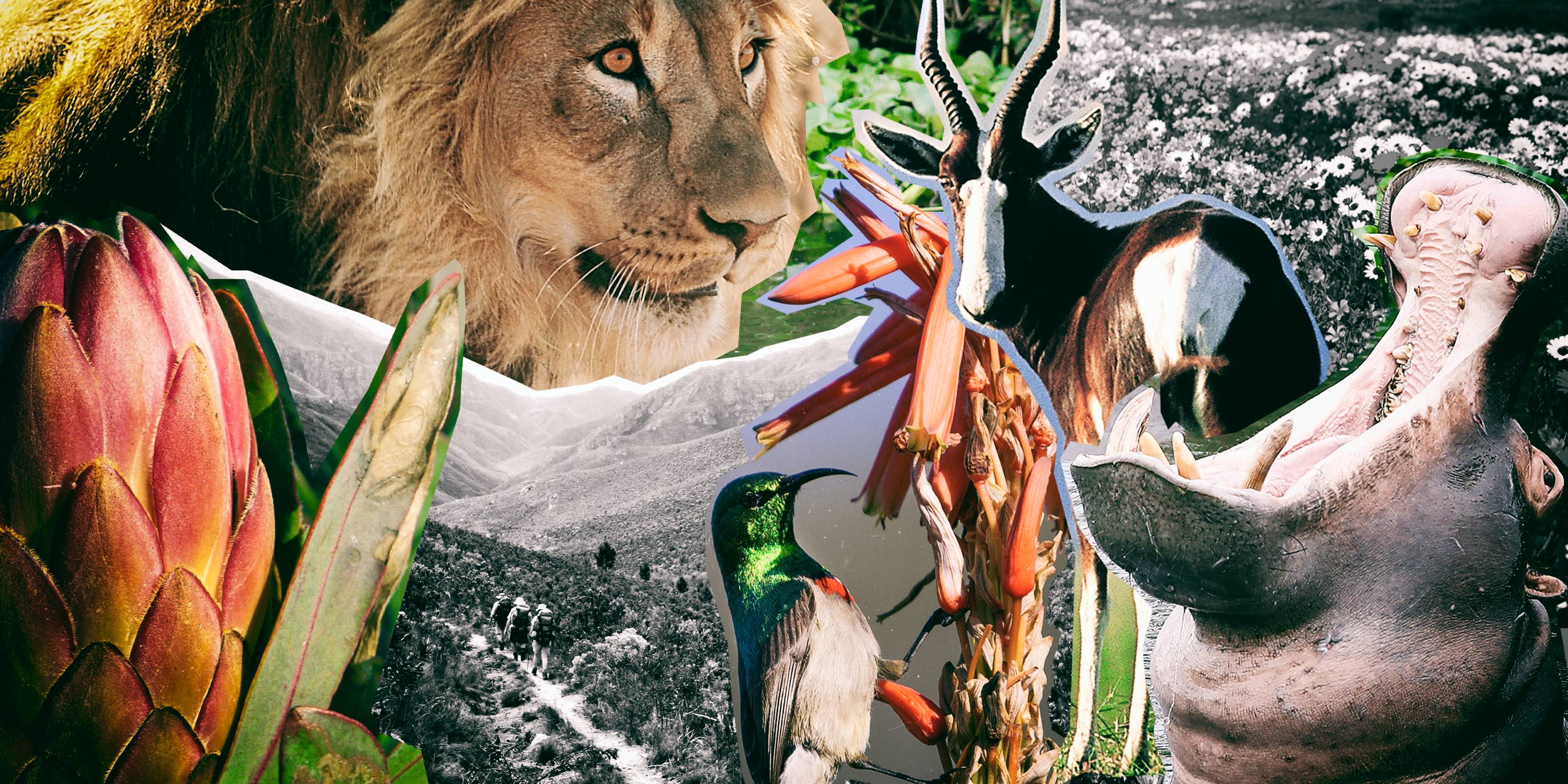A full 9.2% of South Africa’s total land area is protected and managed for biodiversity conservation. A ray of sunshine in an increasingly dire environmental context, “the extent of the land-based protected area estate increased… by nearly 1.2 million ha, representing an 11.7% increase in the protected area estate”.
This is according to Statistics South Africa’s (Stats SA’s) recently published “Natural Capital 2: Accounts for Protected Areas, 1900 to 2020” report. The report uses an accounting framework to systematically measure and report on South Africa’s environmental assets and natural capital. Looking at data that span back to 1900, the report is South Africa’s most recent, comprehensive accounting of its protected areas.
“Protected areas”, the report explains, are those areas of land and sea that are protected by law and managed primarily for biodiversity conservation. Nature reserves and national parks are but two of the several different types of protected areas.
According to Section 9 of the Protected Areas Act, there are several types of protected areas in South Africa. These include national parks, nature reserves and protected environments which “are declared in terms of the Protected Areas Act, while Forest Nature Reserves, Forest Wilderness Areas, Mountain Catchment Areas and World Heritage Sites are declared in terms of other legislation and recognised by the Protected Areas Act”, a section of the report reads.
As of 2020, protected areas in South Africa amounted to 11,280,684 hectares (ha), meaning that the “land-based protected area estate” covered 9.2% of the mainland surface area of South Africa. Put differently, for every 100m2 of land across the country, a little more than 9m2 are protected and managed for biodiversity conservation.
The Natural Capital report explains that “the National Environmental Management: Protected Areas Act (Act No 57 of 2003) is the central piece of legislation for the establishment and management of the protected area estate in both the terrestrial and the marine environments.
“It provides for National Parks, Nature Reserves, Special Nature Reserves, Protected Environments and Marine Protected Areas. Other legislation that is also relevant includes the Mountain Catchment Areas Act (Act No 63 of 1970), the National Forests Act (Act No 84 of 1998) and the World Heritage Convention Act (Act No 49 of 1999).”
According to a study by the International Union for Conservation of Nature and Natural Resources, South Africa is one of the most biodiverse countries in the world, with a “high rate of endemism and diverse ecosystems.
“While it occupies only 2% of the world’s land surface area, South Africa is home to over 95,000 species, contributing a significant proportion to world plant species (6%), reptile species (5%), bird species (8%) and mammal species (6%), with more species regularly discovered and described,” the study notes.
It continues that South Africa “harbours around 15% of the world’s marine species. Endemism rates reach 56% for amphibians, 65% for plants, 49% for freshwater fish, 48% for reptiles, 36% for sea breams, and up to 70% for invertebrates.”
Key findings of the Stats SA report include:
- The closing stock of protected areas in 2020 was 11,280,684 ha, meaning that the land-based protected area estate covered 9.2% of the mainland surface area of South Africa.
- At the end of 2020, nature reserves accounted for 4.1% of the mainland area and made up 44.5% of the protected area estate.
- At the end of 2020, national parks made up 3.5% of the mainland area and contributed 37.4% to the protected area estate.
- In the accounting period 2015 to 2020, the extent of the land-based protected area estate increased more than it had in the previous 15 years combined. It increased by nearly 1.2 million ha, representing an 11.7% increase in the protected area estate.
- The most extensively protected province in terms of the proportion of the province protected was Mpumalanga, with just under 1.7 million ha and 22% of the province protected at the end of 2020.
- Limpopo province makes up 10.3% of the South African mainland and at the end of 2020, 2,429,536 ha had been protected. In absolute terms, Limpopo had the largest extent of protected area across all provinces and contributed 21.5% to the country’s total protected area estate and protected 19.3% of the province.
- The proportion of each biome protected has increased over time.
On the importance of protected areas, the report says that protected areas “form a central part of South Africa’s biodiversity conservation strategy, which is set out in the National Biodiversity Strategy and Action Plan (NBSAP) 2015–2025. The protected area network aims to protect ecologically viable areas that represent South Africa's biodiversity and its natural landscapes and seascapes.”
It continues that, “collectively, protected areas should conserve representative samples of all ecosystem types as well as critical habitats for species and the ecological and evolutionary processes that allow biodiversity to persist over time.
“Protected areas are vital not only for conserving biodiversity but also for ecological sustainability more broadly and for climate change adaptation. They serve as nodes in South Africa’s ecological infrastructure network, protecting ecosystems that deliver important services to people such as the production of clean water, flood moderation, prevention of erosion, carbon storage and the aesthetic value of the landscape.” DM/OBP





